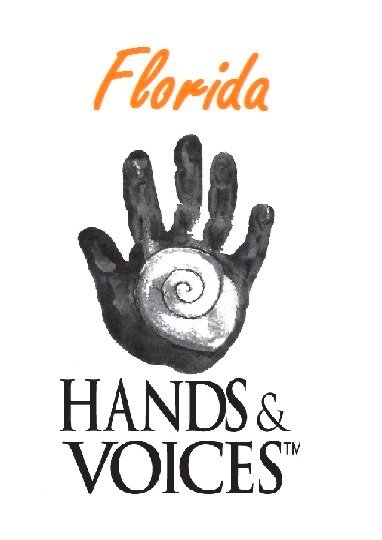Make it stand out.
You are NOT alone.

Who you’ll
meet
along the way
-
Phone: 1-800-218-0001
Email: Floridaearlysteps@flhealth.gov
Mailing Address: 4052 Bald Cypress Way, Bin A06
Tallahassee, FL 32239
-
Info coming Soon!
-
When your child becomes school age you’ll need to do things to prepare the school for another amazing superHEARo. Follow our step-by-step guide to help get you started. Then, check out this list of all the Florida public school districts and find your school!
-
Info coming soon!
-
Info coming soon!
-
Info coming soon!
Professionals
Organizations

Terms
To Know
-
An Individualized Education Plan (I. E. P.) has many things we, parents, would like to inform you about! Check out what we’ve Check out what we’ve included here.
-
Under IDEA (as well as a previous law called the Rehabilitation Act), every child who qualifies for special education services is guaranteed a “free and appropriate public education,” or FAPE. Like IDEA, FAPE is intended to ensure all students—regardless of ability level or individual need—are being prepared for “future education, employment, and independent living.” As characterized by the special education advocacy site Wrightslaw, FAPE does not guarantee access to a “Cadillac program” but rather to a “serviceable Chevrolet that runs.” Still, experts maintain that FAPE requires schools to “individualize instruction” for students who are not making adequate progress. (This 2017 radio program on dyslexia offers a compelling look at what happened when a group of parents fought to get their kids’ needs met at school
-
This acronym stands for Least Restrictive Environment and is a companion to both IDEA and the IEP. LRE means that a student who requires special education services and supports must be placed in a classroom—preferably at a neighborhood school—with non-disabled peers, to the greatest extent possible. In other words, whenever possible, students with IEPs should not be segregated from mainstream classrooms. Determining which school setting will qualify as a student’s least restrictive environment is a highly individualized process, based on the level and type of services the student needs.
-
The Americans with Disabilities Act (ADA) became law in 1990. The ADA is a civil rights law that prohibits discrimination against individuals with disabilities in all areas of public life, including jobs, schools, transportation, and all public and private places that are open to the general public. The purpose of the law is to make sure that people with disabilities have the same rights and opportunities as everyone else. The ADA gives civil rights protections to individuals with disabilities similar to those provided to individuals on the basis of race, color, sex, national origin, age, and religion. It guarantees equal opportunity for individuals with disabilities in public accommodations, employment, transportation, state and local government services, and telecommunications. The ADA is divided into five titles (or sections) that relate to different areas of public life. Read more here.
-
This acronym stands for the Individuals with Disabilities Education Act. Before IDEA became federal law in 1975 millions of children with disabilities or individual needs were kept out of public schools. The law mandates, among other things, that all students with an “identified disability receive special education and related services to address their individual needs.” IDEA is “complicated...but well worth understanding and implementing," according to the Center for Parent Information and Resources.
-
An individualized family service plan (I. F. S. P.) has many things we, parents, would like to inform you about. Check out what we’ve included here!



